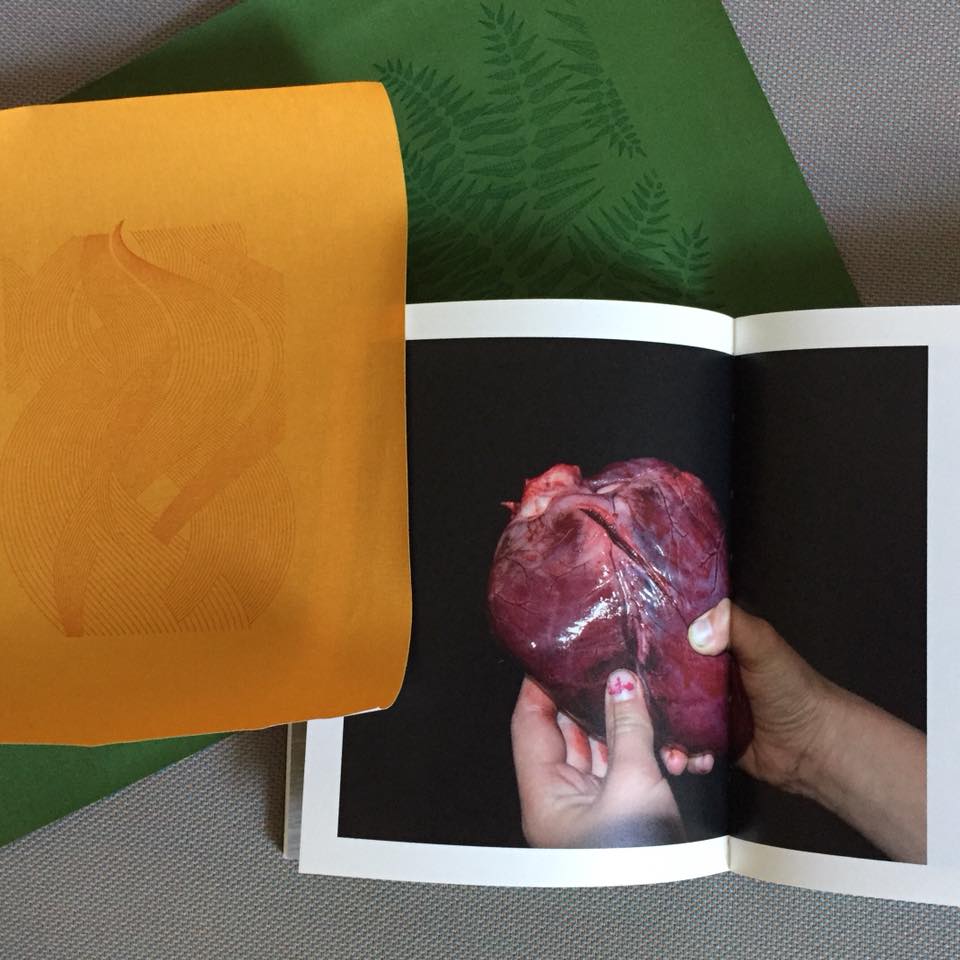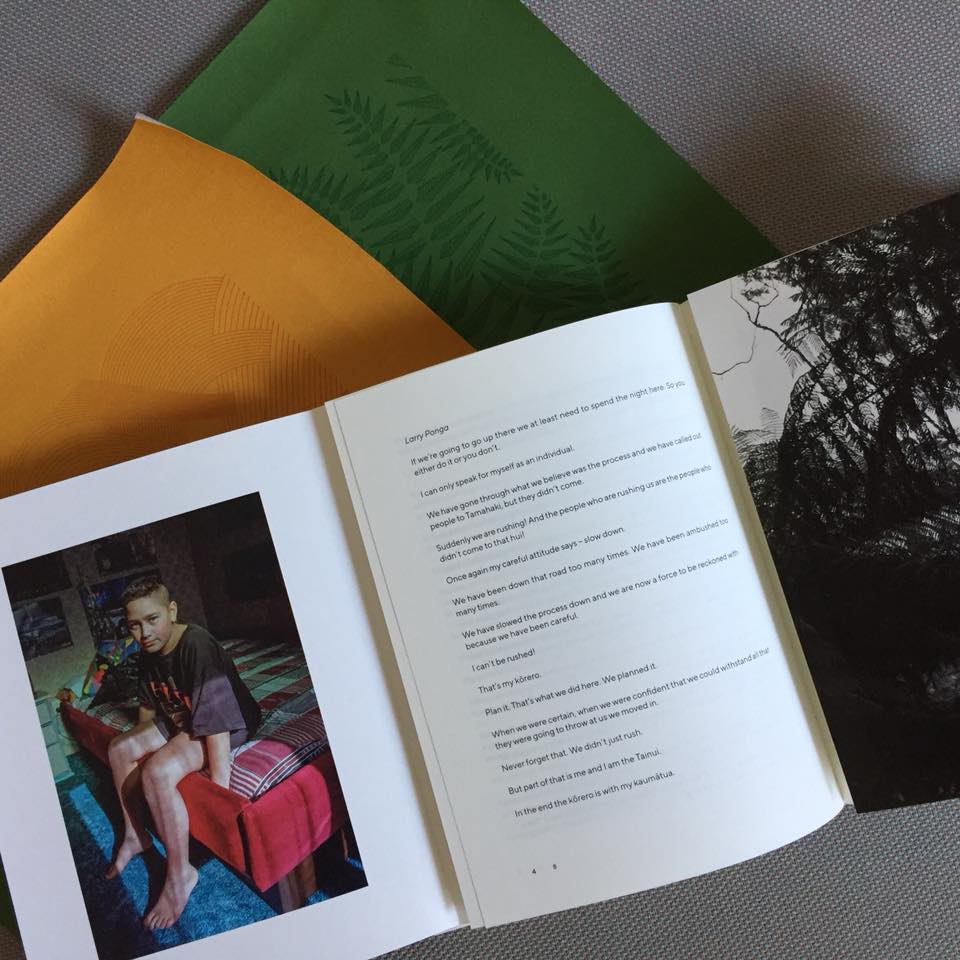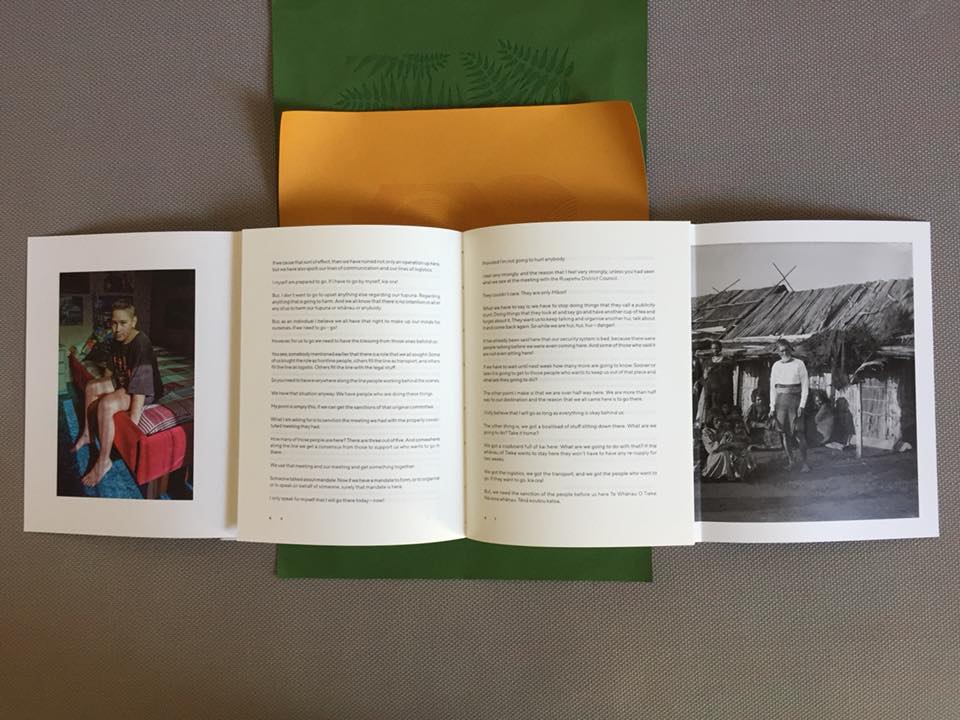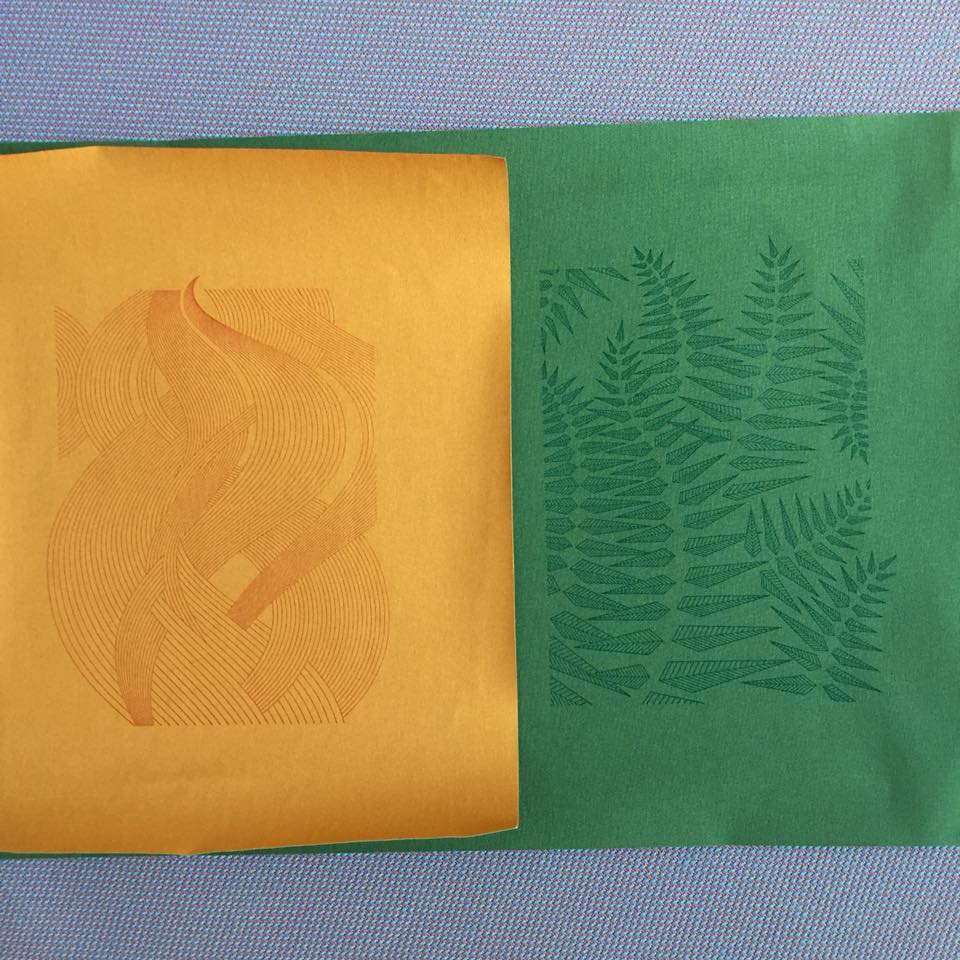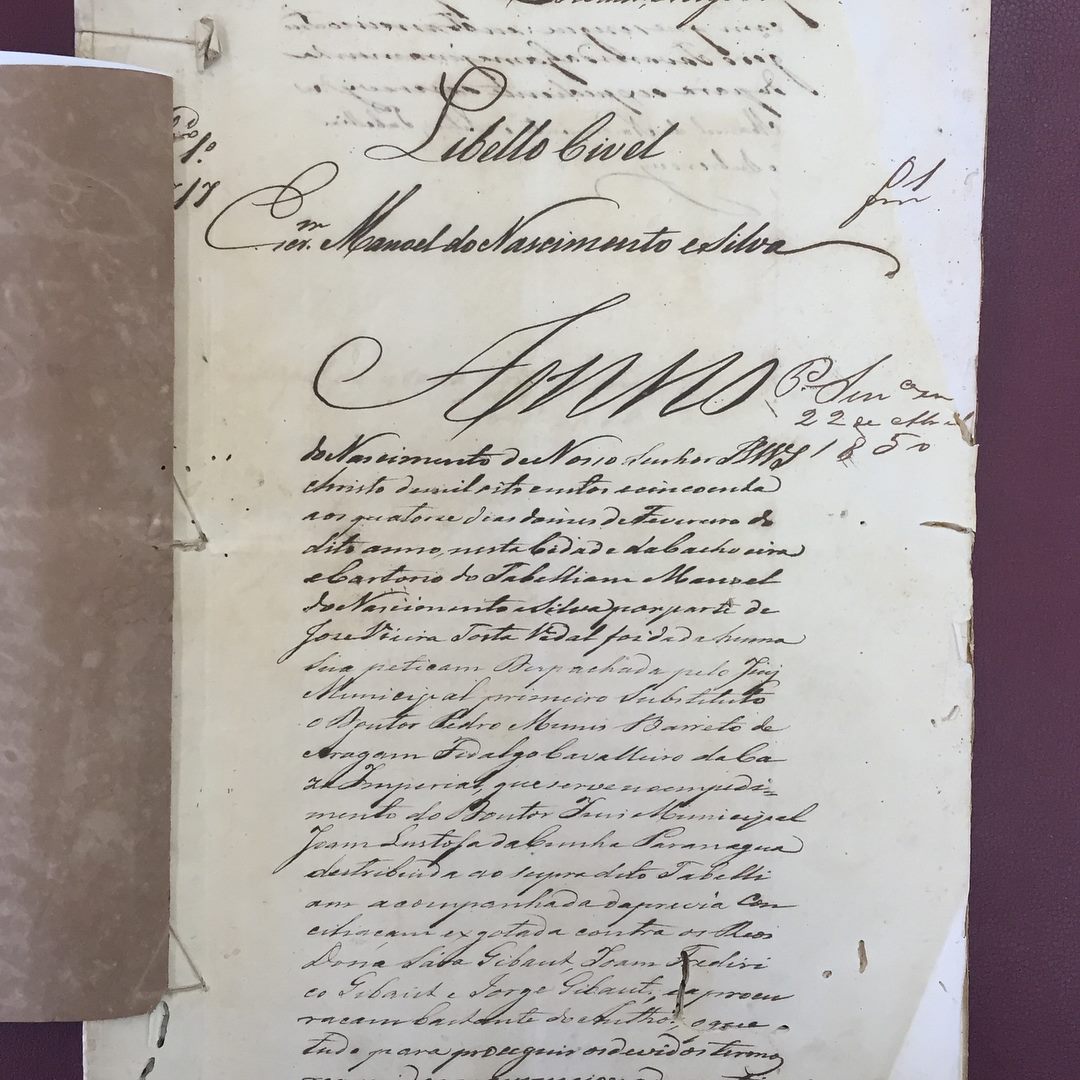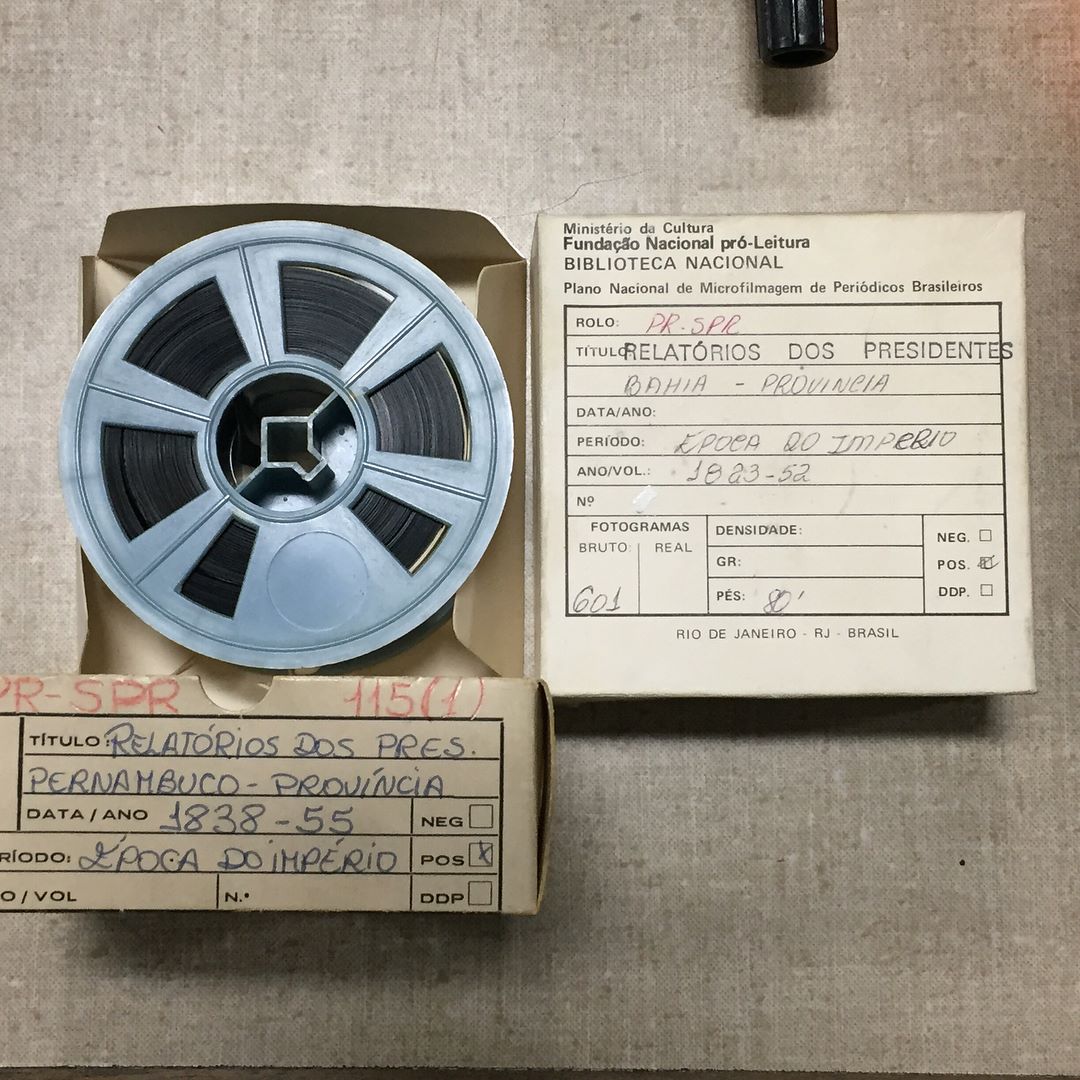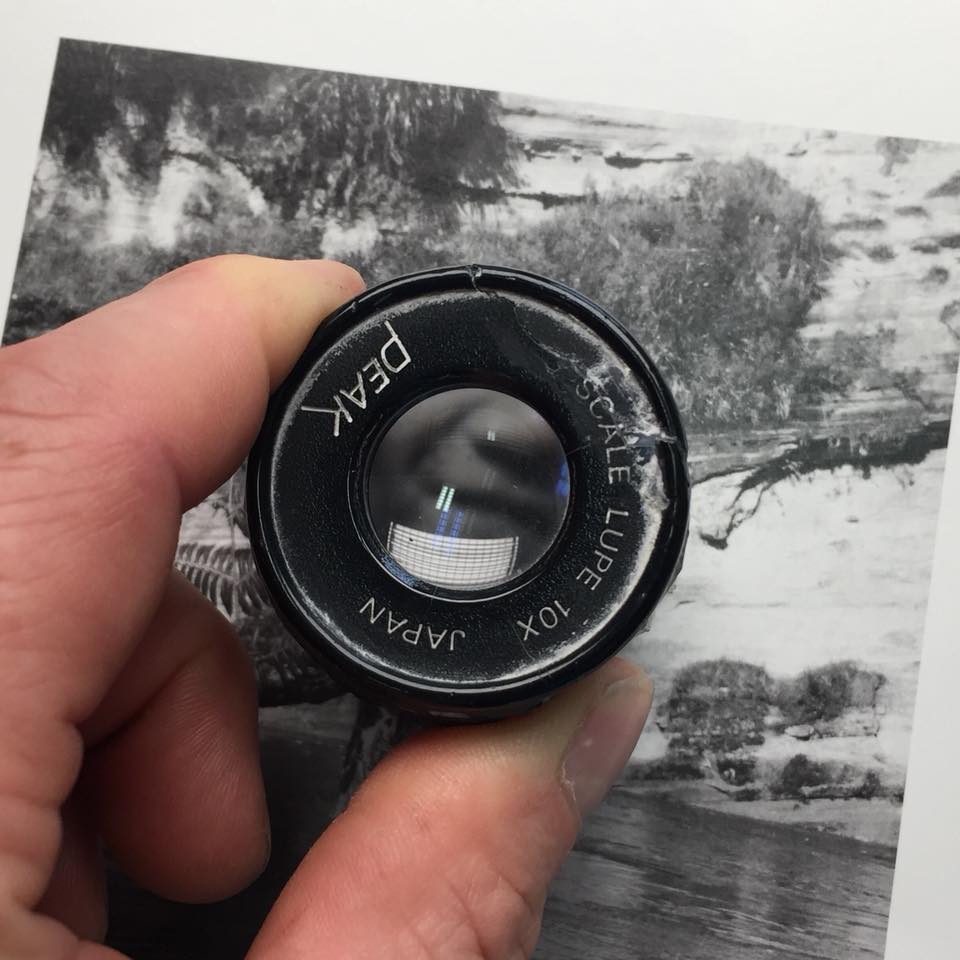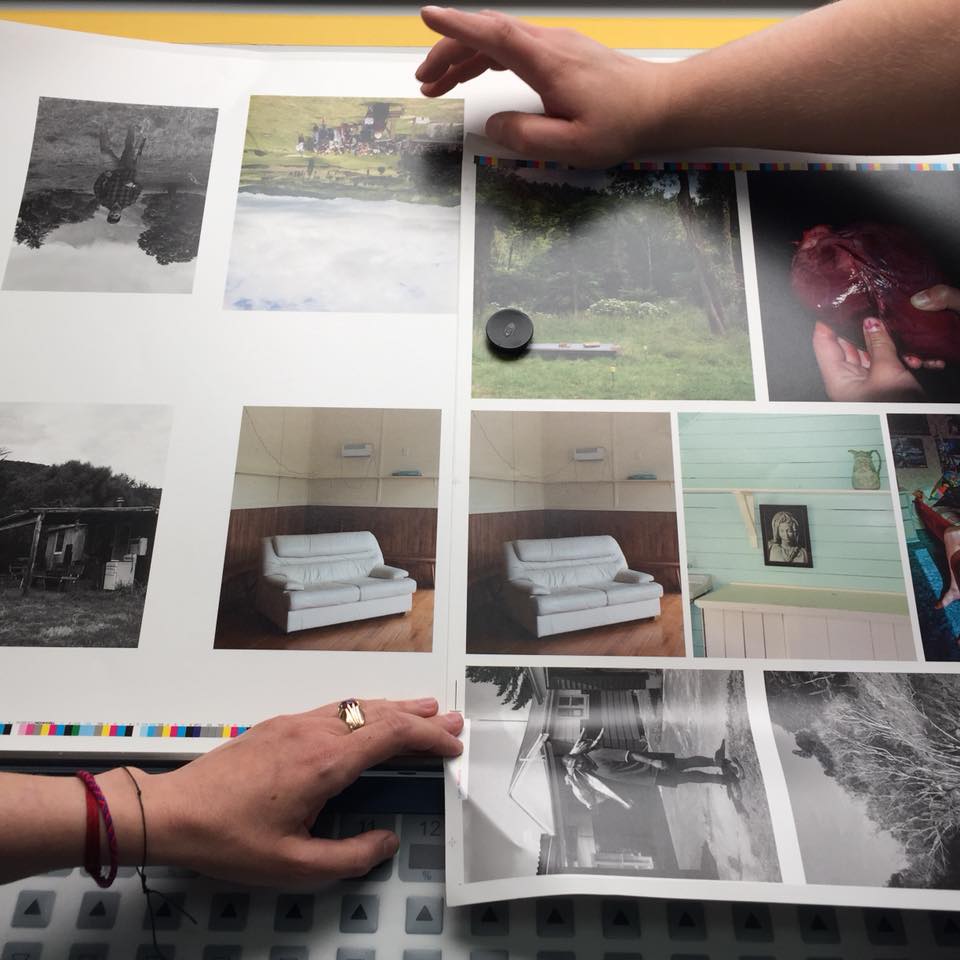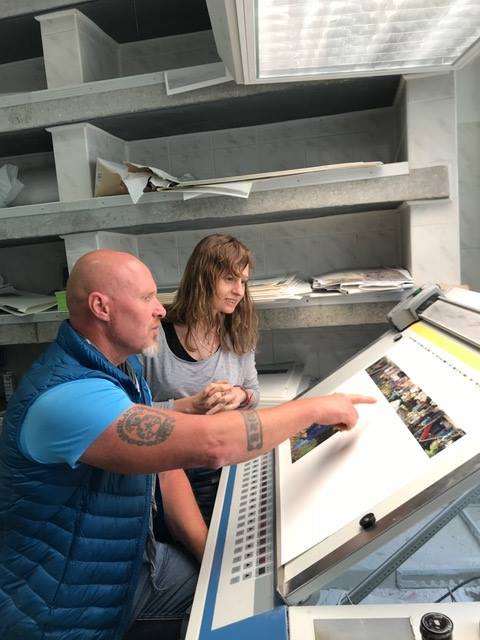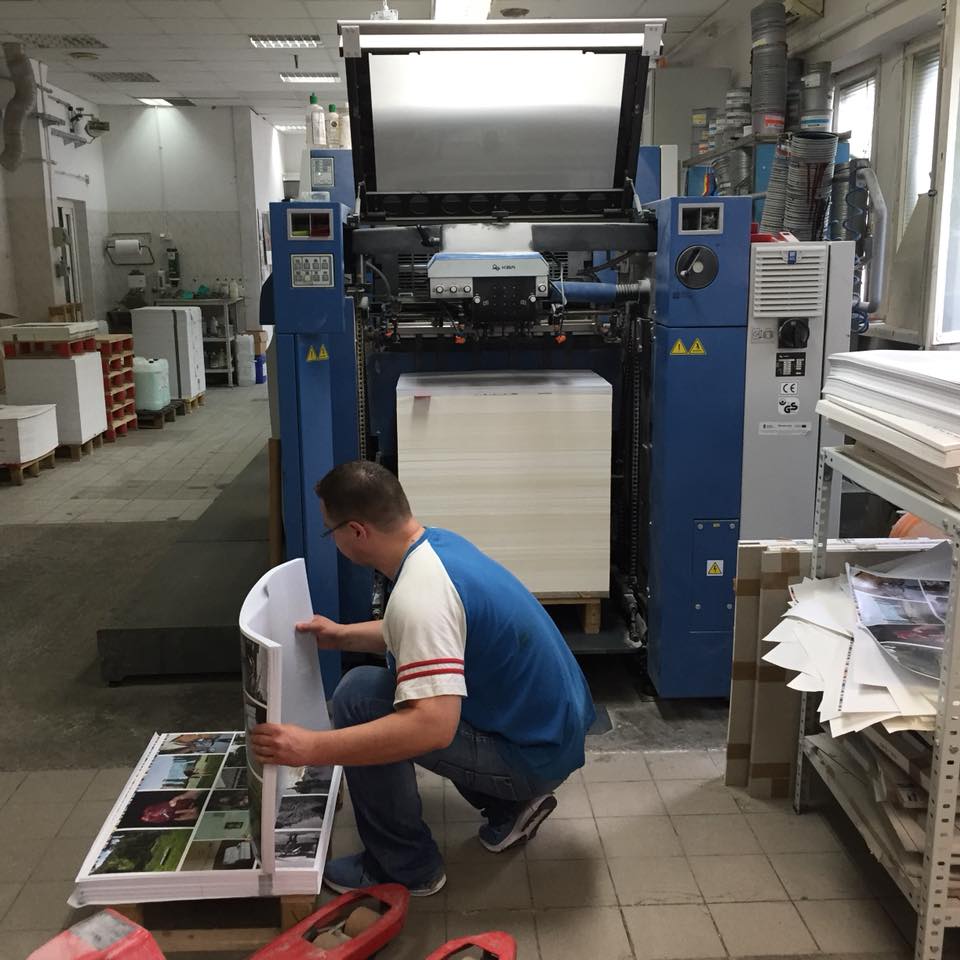Progress from photo book making with Ania Nałęcka-Milach in Warsaw. Te Ahi Kā will be published under the imprint by Dewi Lewis Publishing and in partnership with Oratia Books in New Zealand. More news to come soon!
Dispatch #5: Brazil /
In Rosemary Ormer’s book, From Outpost to Outport she provides a structural economical analysis of the Jersey-Gaspé cod fishery revealing a functional three-pointed trading system, what she refers to as a ‘merchant triangle’ with production in Gaspé, management in Jersey and markets in the Mediterranean, the West Indies and Brazil. Her central question in her book is: ‘How did the cod-fishery, functioning as a commodity trade, shape the economic development of the metropole that managed it and the colony that produced it. ‘
Applying Ormer’s question and methodologies of examining the merchant trade in action, ‘the smooth functioning of complex networks of supply, production and trading’ and ‘hidden machinery of information flow, finance flow, management organization and decision making’ I went to visit the archive at the Associação Comercial da Bahia (the equivalent of the Chamber of Commerce in Jersey) established in 1811 by the Portugese crown and situated right on the water’s edge where the old port and seawall were before reclamation of land to extend its waterfront and build a much larger commercial port.
Salvador had a significant British merchant population who were the main commercial partners of Portugal and England exercised huge influence, partly due to a fleet of British warships (accompanied also by the British ambassador, Lord Strangford) escorting the Portugese court and future king Joao VI to Brazil in 1808 during their exile from Napoleon invasion in Portugal.
For example, Salvador has a British Cemetery, the first protestant burial ground to be granted by its Catholic ruler. In the first book of company registers, Matricula dos Socios there are seven British registered companies listed in the first 20 with corporations such as London and Brazilian Bank Limited (28 Jan, 1874) and Wilson, Sons and Company Limited (23 Jan 1878) – one of the oldest private enterprises in Brazil (established in 1837 by two Scottish brothers, Edward and Fleetwood Pellow Wilson, one of them buried in the British Cemetery) and one of the country’s largest providers of integrated port and maritime logistics and supply chain solutions servicing both domestic and international trade as well as Brazil’s oil and gas industry. Looking through the first 100 registered companies there were no references to Jersey firms or indeed Robin’s agent in Salvador, Messrs. Thomas LeBreton & Co. (est. 1835). As it happened I was staying very close to the British Cemetery and visited it on a number of occasions, partly as it commanded a great view across the bay, right next to the exclusive yacht club in the rich neighbourhood of Vitória in Salvador. There were no headstones visible with any Jersey names, as compared with the Gaspé Coast where most Anglican cemeteries are populated by people from the island of Jersey, However, upon contacting Dr Sabrina Gledhill, a former British expat and academic who lived in Salvador for 30 years and instrumental in campaigning successfully for the British Cemetery to be granted money for restoration, listed as a heritage site and to ensure it didn’t fall victim to real estate speculation, she informed me that according to the cemetery records a John Le Masurier, Master of the British schooner ‘Snowdrop’ of Jersey was buried there in 1873.
There must have been a large British presence in this part of Salvador as nearby a street named, Rua Banco dos Inglêses, which incidentally also houses the Bahia British Club and two tall residential tower blocks named, Liverpool Tower and London Tower – possibly with reference to United Kingdoms two main ports of Atlantic trade during the British colonial empire. Interestingly enough, I was stopped by several people on the streets in this posh area of Salvador and instructed to put my camera away as ‘it was not safe.’ Salvador city is divided into an upper and a lower city – another remnant of colonialization - with the upper city forming the administrative, religious, and primary residential districts while the lower city being the commercial centre, with a port and market trade. Salvador served as Brazil's first capital and quickly became a major port for its slave trade and sugarcane industry. It forms the heart of the Recôncavo, Bahia's rich agricultural and industrial maritime district and I will be posting next from my travels in the interior of this rich cultural centre of Afro-Brazilian (negro) culture. (image by Benjamin R. Mulock, The British Cemetery, Salvador, Bahia, 1860, Acervo IMS)
Dispatch #4: Brazil /
In the Judiciary records in Arquivo Public Estada do Bahia, a civic libel case in Caschoeira (town next to Muritiba) in 1850 to due with unpaid debt between a Jóse Viera Josta Vidal vs Sara Gibaut, Joao Frederico Gibaut and Jorge Gibaut showed that in one of the clauses (clause 2) against the Gibaut's borrowing 3000 RS from Vidal a guarantee of 6 slaves was made. This confirm's my own theory that if John Frederick Gibaut was working in agriculture it was very likely that he would have been a plantation owner in Muritiba. The state of Bahia was the destination for many of the nearly 5 million slaves that the Portuguese brought to Brazil from West Africa and it may also explain why Jóse Adilson Gibaut initially was reluctant to speak to contact established by Carlos Ingouville, friend of SJ and a descendant of the famous Ingouville family in Jersey who lives in Rio de Janeiro. What's also interesting is that Sara Gibaut must be the wife of Jean Gibault and mother of John Frederick Gibaut, or rather Joao Frederico Gibaut as he had de-Anglicised his name to Latin-American in Muritibia. A futher two tribunals from 1848 and 1851 were also listed under Joao Frederico Gibaut and my new research assistant Marcello from the states archive are currently reading through both to get an idea about what the libel cases are concerning.
This disproves my other theory that Joao may have been born out of wedlock and also mixed race, as the Baptism records from Grouville Church shows that Jean Gibaut married a Sara Gavey who would then have changed her name to Sara Gibaut. In a few days I will be heading into the interior of Bahia and will be meeting with Jose Adilson Gibaut who hopefully will have more information about his family connections in Brazil
Dispatch #3: Brazil /
After only a few hours of arriving in Salvador in the state of Bahia in North East of Brazil we have established a family connection with the daguerreotype portrait of John Frederick Gibault. Thanks to my hosts Julieta and Melodi for putting me in touch with Felipe, a local Banian teacher and student of history who spoke with Jose Adilson Gibault currently living in Muritibia. He informed us that his grand father Jorge Gibault was a son of John Frederick. Jorge also had a daughter Detinha Gibault who is 95 years old and living in Salvador. Questions still remain about who was John Frederick's mother, how his father Jean Gibault came to be in Muritibia around 1822-23 when Brazil was becoming an independent country free of Portuguese colonial rule.
We would also like to know who made the daguerreotype portrait in Bahia in 1843 at a time when photography was relatively nascent. From research in the photographic archives at Biblioteca Nacional in Rio evidence is clear that photographic practice was very active with many photographers, mainly European emigrants setting up studios in Rio, Salvador and Recife. In the mid-19th Century the population of Salvador was a third higher than in Rio (650,000 compared to 450,000 - statistics published in 1837) and in many respects the State of Bahia was a thriving metropole in large parts due to it being the centre of the sugar production with a recorded number of 540 plantations registered using slave labour.
Jean Gibaullt is listed as a sea captain in the Canadian cod-fisheries and we know that a Moises Amise Gibault and Francis Gibault (possibly brothers) also worked as sea captains for Charles Robin and mastered ships build in Paspebiac the headquarters of Robin's fish empire in the Bay of Chaleurs in the Gaspé Coast. It was Robin that established trade with Brazil in the early 19th century and it is very plausible that Jean Gibault mastered a ship that brought cod-fish from Canada to Brazil and somehow fathered a child in Bahia.
Jose Adilson Gibault also told us that his great-grandfather didn't work at sea like his father but made his money in agriculture.
Dispatch #2: Brazil /
Today I spend my time in the Biblioteca Nacional in Rio de Janeiro researching history of trade of bacalhau between Brazil and Canada/ British North America. Not surprisingly very little has emerged as documents kept during the colonial period of Brazil’s history before Independence was not very well administrated. So far the name Charles Robin does not appear anywhere in national records and I’m now looking at reports issued on an annual basis by various Presidents of the provinces of Bahia and Pernumbuco where we know that Robin and other Jersey fish merchants traded dried codfish for mainly sugar and later coffee in the mid 19th century. The main problem is language - as I don’t speak Portuguese and very few people I’ve met so far speak much English! It makes you wonder how Robin kept communications flow with his agents stationed in various outposts and goods cris-crossing the Atlantic #seaflowerventure#transatlantic #trade #codfish #bacalhau #archives
Dispatch #1: Brazil /
In the cemetery next to where I live in St Lawrence are the headstones of Moise Gibault and Jean Gibault, both born in the late 18th century. They were both involved in the merchant trade and could be related to a John Frederick Gibault born in Muritiba, Bahia an outpost in North East region of Brazil whose daguerreotype portrait from 1843 landed on the desk of Photo-Archivist, @garethsyvret at the @societejersiaise earlier in 2018. For the next 6 weeks I will be on the trail of this enigmatic image and other traces linked to Jersey's historic cod fishing industry as part of my Seaflower Venture project exploring maritime routes and trade networks established by Charles Robin, the island's premier fish merchant who founded Jersey most successful firm in Gaspė, Canada in 1767. Stay tuned for dispatches from Brazil! #seaflowerventure #transatlantic #archisle#societejersiaise #daguerreotype #photoarchives
Printing Te Ahi Kā at Argraf in Warsaw /
Finally, after two long days of printing and with a minor mechanical fault late last night (Fri 13th) we have a book ready for binding. Thanks to the amazing Ania for overseeing all production, printer Piotr at Argraf for diligent work and Rafał for bringing doughnuts at a time of need. #teahika#photobook #comingsoon
Te Ahi Kā at Triennial of Photography Hamburg 2018 /
Currently a dummy version of my new book Te Ahi Kā - The Fires of Occupation is on display at Triennial of Photography Hamburg until September as part of Fotobookfestival where it was shortlisted for the Dummy Award 2018. Good news is that today we closed final design with Ania Nałęcka-Milach and will be printing soon in Poland in partnership with Dewi Lewis Publishing and Oratia Books in New Zealand ready for an official launch in the autumn at Paris Photo. More to come soon!
